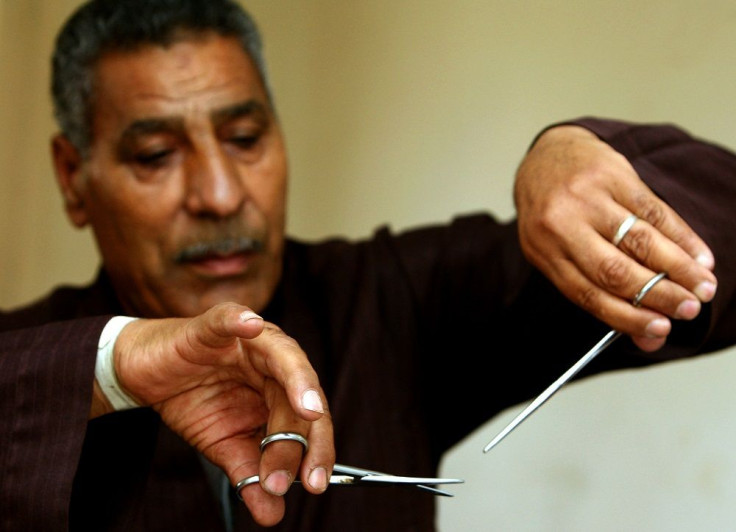British Doctor Files ‘Not Guilty’ Plea To Charges Of Female Genital Mutilation In Landmark Trial

A British doctor and his assistant filed on Monday a “not guilty” plea to charges of female genital mutilation (FGM) in the first trial in the UK since the country banned the practice in 1985. The case is being heard at the Southwark Crown Court.
Charged with FGM are 32-year-old Dr Dhanuson Dharmasena and his assistant, 41-year-old Hassan Mohamed. The procedure was allegedly done at the Whittington Hospital in North London on a 24-year-old woman after she gave birth to her first child on Nov 24, 2012.
http://www.youtube.com/watch?v=rG8I84y1Pug
YouTube/Carol Hazel
The victim underwent FGM in Somalia when she was 6. The procedure involved sewing together a section of her labia with only a small hole left for menstrual blood and urine to pass. However, the hole is too small for the victim to give birth safely.
When she gave birth, the doctor reopened her vagina. But after the childbirth, Dharmasena allegedly sewed up again her labia, which is a violation of section1 of the Female Genital Mutilation Act 2003 of the UK.
Dharmasena said the baby was in distress so he made a 1.5-2 cm cut with scissors. Mohamed encouraged him to sew back the cut labia. He told the court that he meant no harm to the patient and was just following her wishes. But his explanation to the police was that he sewed back her labia because she was bleeding.
The case appears different than the typical FGM, said prosecutor Kat Bex, because instead of being performed in a back street clinic by an unqualified and uncaring person on a young child, it was done on an adult woman in a hospital and by a licenced doctor.
The procedure done on the woman is type 3 of FGM which involves the extreme narrowing of the vaginal opening by removing and sewing together the inner or outer labia.
Among the health consequences of FGM are hemorrhaging, infection, psychological trauma and death.
Anti-FGM groups, such as Equality Now, are happy with the trial. Mary Wandia, FGM programme manager at Equality Now, said, quoted by Newsweek, “The trial is a major step in the right direction and a watershed moment for organizations that have been working on eliminating FGM for several decades.”
There are about 137,000 females who had undergone FGM who lived in England and Wales in 2011, according to Equality Now and the City University in London. Data from UNICEF said FGM rates are as high as 98 percent in Somalia and 91 percent in Egypt.
To contact the writer, email: v.hernandez@ibtimes.com.au




















